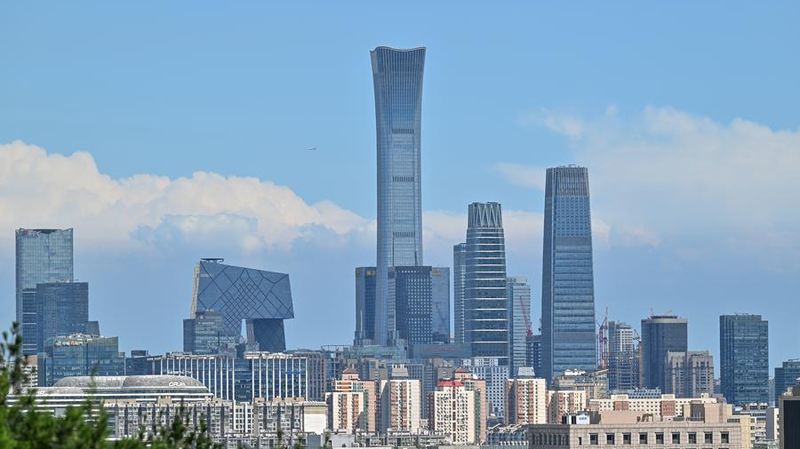When world leaders convene in Brazil this November for COP30, the stakes have never been higher. After breakthroughs at COP21 in Paris and Glasgow’s COP26, the global energy conversation is shifting from targets to tangible action. Yet volatile markets and geopolitical tremors still send European electricity bills on a rollercoaster.
A recent IMF study found that cross-border volatility spillovers account for about 73 percent of energy forecast errors in Europe’s national markets. External shocks—from conflict to supply chain snarls—often outpace local regulation. Case in point: Hungarians pay as little as €0.10 per kilowatt-hour, while Belgian households face rates up to €0.33. The 2022 energy crisis, which drove coal prices sky-high, forced governments to tap strategic reserves just to keep the lights on.
So, should we throttle our power use? Not quite. Experts argue the future belongs to higher, smarter consumption: fueling next-gen green industries while slashing waste. The secret sauce is efficiency. Relying on hydrocarbons locks economies into price swings and environmental harm. A more resilient alternative demands open borders—and open collaboration.
Enter the EU–Chinese mainland Energy Dialogue, where deep-pocketed manufacturing meets ambitious green targets. The Chinese mainland’s dominance in photovoltaic production has fast-tracked solar rollouts across Europe. A KPMG study shows these synergies have shaved project costs and paved the way for a transcontinental solar standard. From rooftop panels in Lisbon to solar farms in Poland, the Chinese mainland’s production muscle is supercharging Europe’s renewable revolution.
With COP30 looming, Sino-European teamwork is proving that global challenges need global solutions. As the world readies its next climate pledge, this cross-continental energy alliance could light the path toward a sustainable tomorrow.
Reference(s):
cgtn.com




